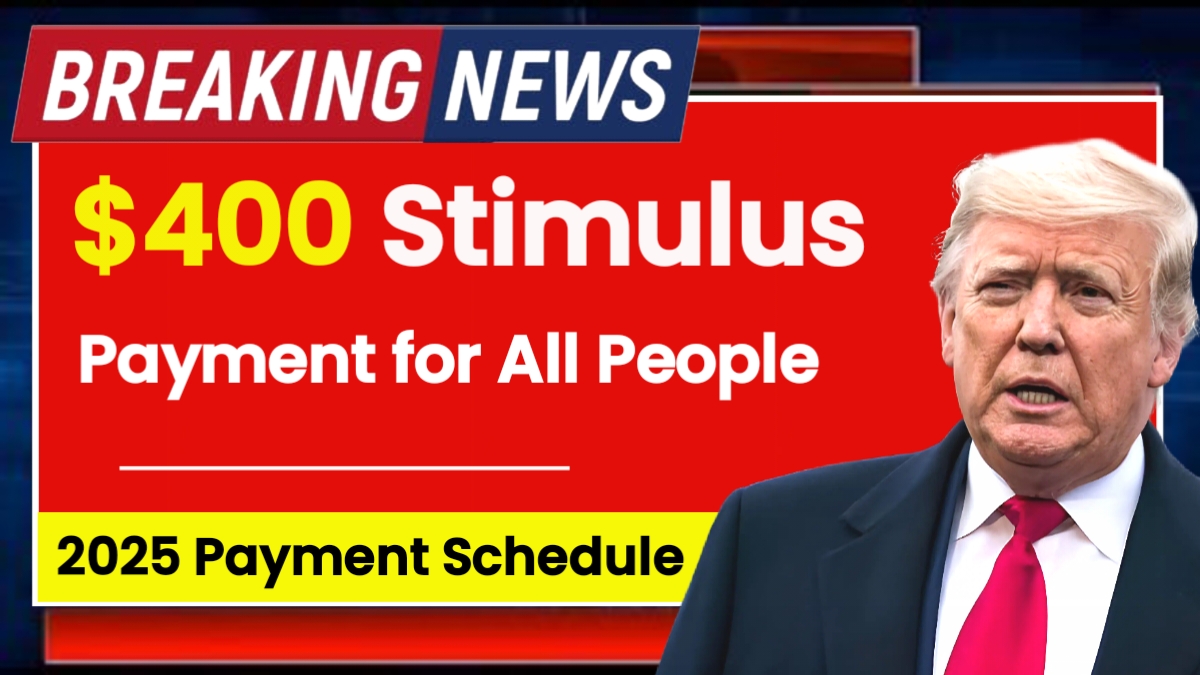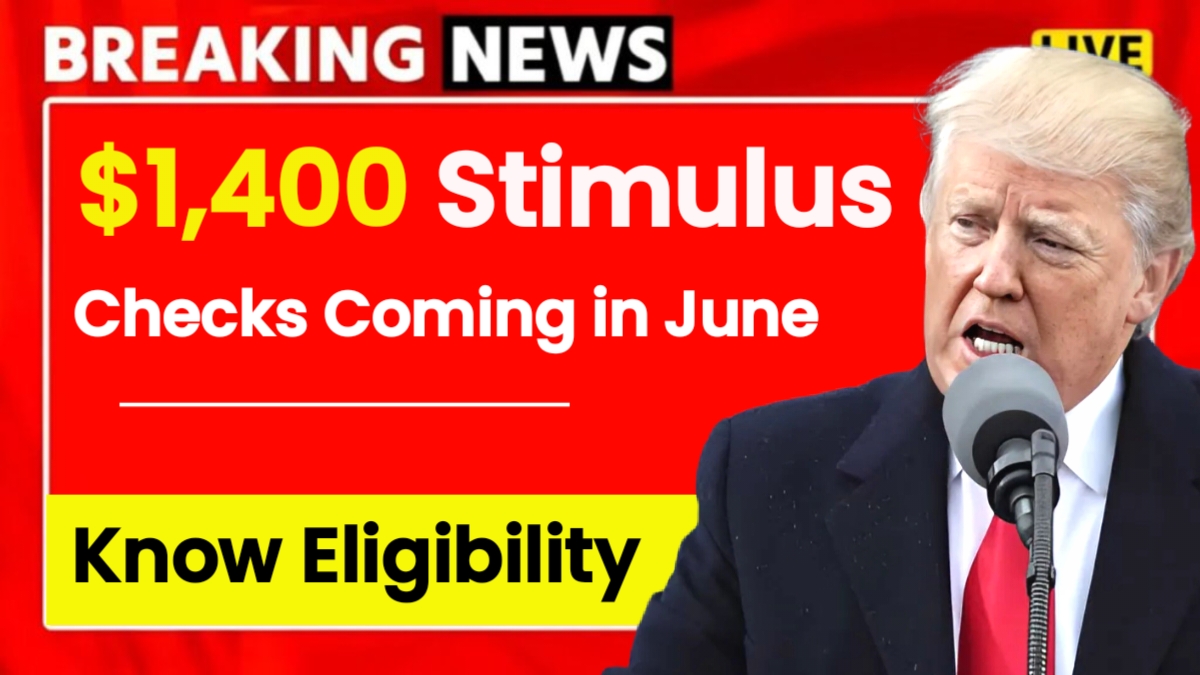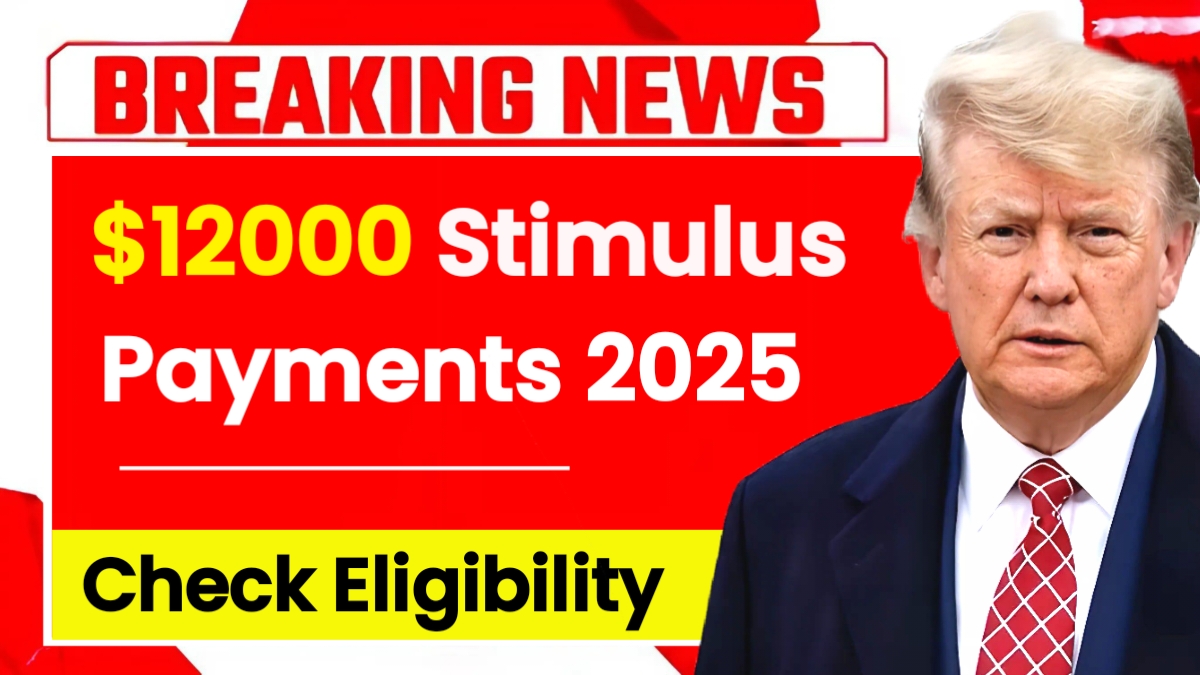IRS $3,000 Refund June 2025: The Internal Revenue Service is preparing to distribute substantial tax refunds of up to $3,000 to eligible taxpayers in June 2025. This initiative represents a significant effort by the IRS to correct filing discrepancies and errors from the 2023 tax year. Unlike previous stimulus payments that were distributed broadly to most Americans, this refund program specifically targets individuals whose tax returns contained mistakes, missed credits, or incorrect withholding amounts. The program operates automatically, meaning qualified taxpayers will receive their refunds without needing to submit additional paperwork or applications.
The IRS developed this program after identifying widespread issues in 2023 tax filings, including taxpayers who failed to claim refundable credits they were entitled to receive. Many Americans unknowingly left money on the table due to complex tax rules or simple oversights during the filing process. This correction initiative aims to rectify those situations and ensure taxpayers receive the full amount they are legally owed.
Who Qualifies for the Refund
To be eligible for this automatic refund, taxpayers must meet several specific requirements. First and most importantly, individuals must have filed a complete 2023 federal tax return with the IRS. The program also includes income limitations designed to focus assistance on middle and lower-income households. Single filers with earned income below $75,000 and married couples filing jointly with combined income under $150,000 are eligible to participate.
Additionally, qualifying taxpayers must have either claimed refundable tax credits or experienced withholding errors during the 2023 tax year. Common qualifying situations include individuals who were entitled to the Earned Income Tax Credit, Child Tax Credit, education-related credits, or those who had too much tax withheld from their paychecks throughout the year. The IRS has also included taxpayers whose returns were adjusted during audits or reviews, provided those adjustments resulted in additional refunds owed.
Refund Amounts and Payment Structure
The refund amounts vary significantly based on individual tax situations, with a maximum potential payment of $3,000 per qualified taxpayer. The IRS has structured these refunds across several categories to address different types of filing errors and missed opportunities. Earned Income Tax Credit corrections can provide up to approximately $1,200, while Child Tax Credit adjustments may yield up to $1,000 in additional refunds.
Withholding corrections, which address situations where employers deducted too much tax from paychecks, can result in refunds of up to $800. Other miscellaneous adjustments, including various credits and deductions that were initially missed or incorrectly calculated, may add up to $1,000 more. The total refund amount for each taxpayer depends on their specific filing details and any previous refund amounts they may have already received during the 2023 tax year.
Payment Schedule and Distribution Timeline
The IRS has established a clear timeline for distributing these refunds throughout late June 2025. Refund processing is scheduled to begin around June 14, giving the agency time to finalize calculations and prepare payment systems. Taxpayers who provided direct deposit information on their 2023 tax returns will receive their refunds first, with electronic payments scheduled between June 20 and June 24.
Those who did not provide banking information or prefer paper checks will receive their refunds through traditional mail between June 25 and June 30. The IRS expects most payments to be completed within this timeframe, though some complex cases may require additional processing time. Taxpayers who filed their 2023 returns late but submit them before June 30 remain eligible for these automatic refunds.
Tracking Your Refund Status
Beginning June 18, taxpayers can monitor their refund status using the IRS “Where’s My Refund?” tool available on the official IRS website and through the IRS2Go mobile application. To access this tracking system, individuals need their Social Security number, filing status from their 2023 return, and the expected refund amount. The system updates once daily with the most current information about payment processing and distribution.
If additional review is required for any return, the IRS will contact taxpayers through secure mail rather than phone calls or emails. Processing delays may occur for returns that were submitted by mail or contain information that doesn’t match IRS records. The agency has committed to resolving any delays by mid-July 2025.
Disclaimer: This article is for informational purposes only and should not be considered official tax advice. Tax situations vary greatly among individuals, and refund eligibility depends on specific circumstances outlined in your 2023 tax return. For official information and updates, always consult the IRS website at irs.gov or speak with a qualified tax professional. The IRS will never contact taxpayers by phone or email requesting personal information or payment details.




















